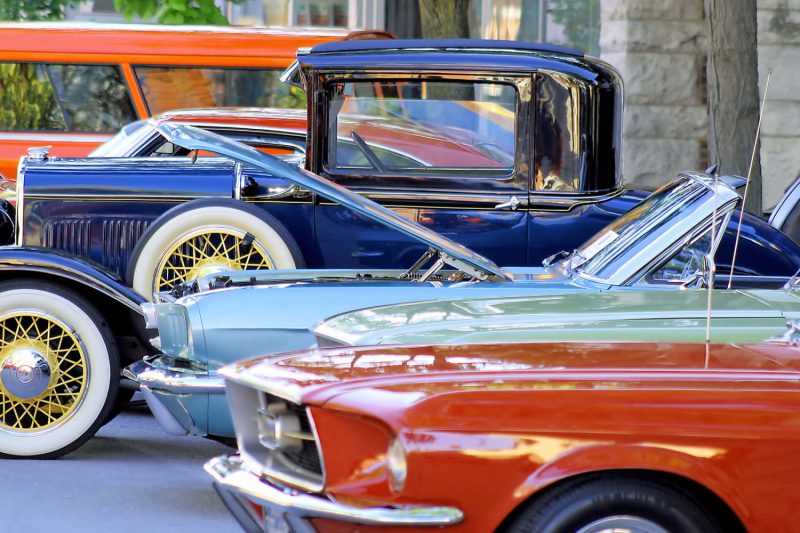Classic Car Sales Stall in Monterey Auctions as New Generation Takes Charge
The Monterey Car Week, known for its prestigious classic car auctions, saw a decline in sales as a new generation of collectors emerged, reshaping the landscape of the vintage auto market. The shift in buying preferences among younger enthusiasts has left seasoned collectors and auction houses grappling with the evolving dynamics within the industry.
As preferences for modern supercars and high-performance vehicles have surged in recent years, the demand for classic cars has waned among younger buyers. This change in consumer behavior was evident in the subdued sales figures at the Monterey auctions, reflecting a broader trend in the market.
The established hierarchy of classic car values has been challenged by the influx of new collectors who prioritize different criteria when making purchasing decisions. While traditional classics like vintage Ferraris and Porsches continue to hold appeal for seasoned collectors, the entrance of a new wave of buyers has seen a diversification in the types of vehicles commanding attention.
One notable aspect of this generational shift is the growing interest in more affordable classics and niche vehicles. Cars from the 1980s and 1990s, once considered too recent to be deemed classics, are now finding favor with younger buyers who are drawn to their retro aesthetic and nostalgic appeal.
A corresponding factor influencing the decline in classic car sales is the increased focus on sustainability and environmental consciousness among younger consumers. As the automotive industry undergoes a paradigm shift towards electric and hybrid vehicles, the allure of maintaining and driving gas-guzzling classic cars is losing its charm for environmentally-conscious buyers.
To adapt to these changing trends, established auction houses are exploring innovative strategies to attract a new generation of collectors. Initiatives such as themed auctions focusing on specific eras or genres, digital marketing campaigns targeting younger audiences, and collaborations with influencers and social media personalities are all part of the efforts to revitalize interest in classic cars.
Furthermore, the integration of online bidding platforms and virtual auctions has also played a significant role in widening the reach of classic car sales, making it more accessible to a broader audience beyond the traditional elite collector base.
While the sales stall at the Monterey auctions may signal a shift in the dynamics of the classic car market, it also presents an opportunity for industry players to adapt and innovate in response to evolving consumer preferences. As the new generation of collectors takes charge, the classic car industry is poised for a transformative period that will shape its future trajectory.

